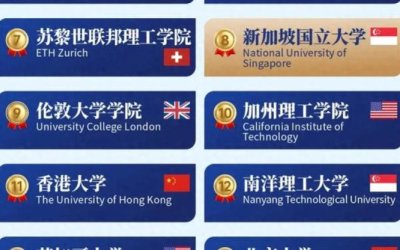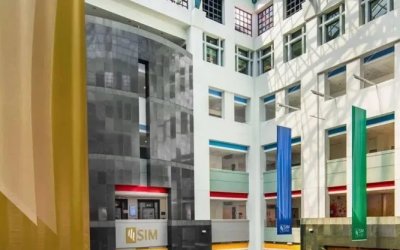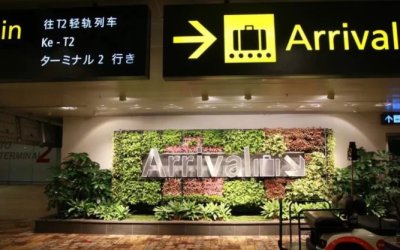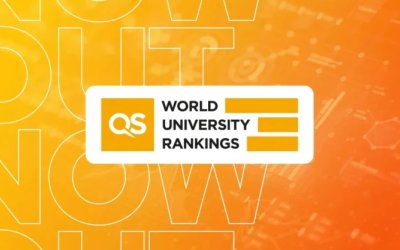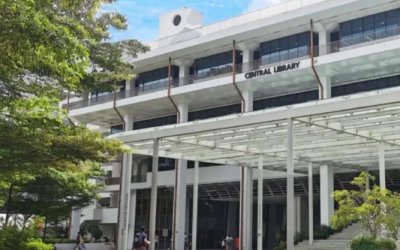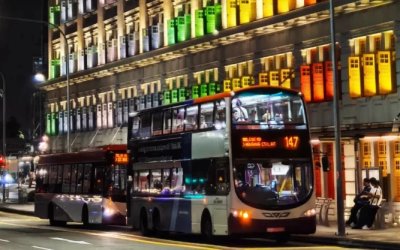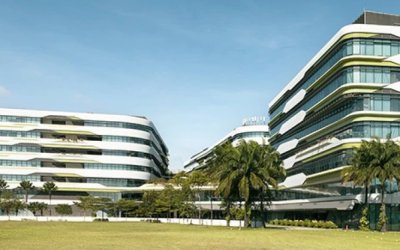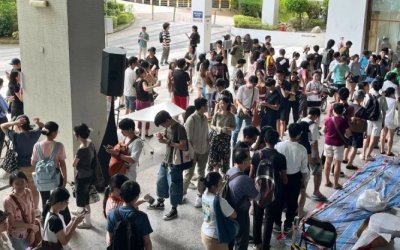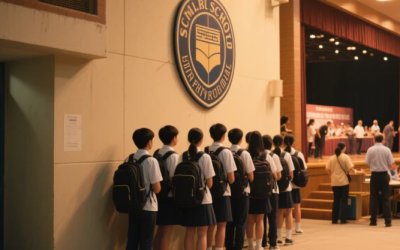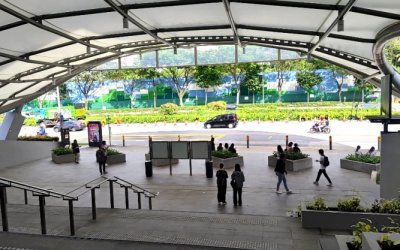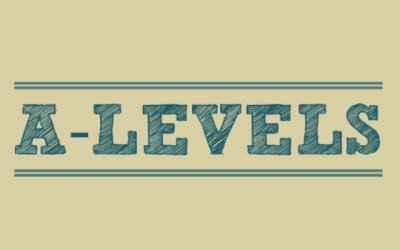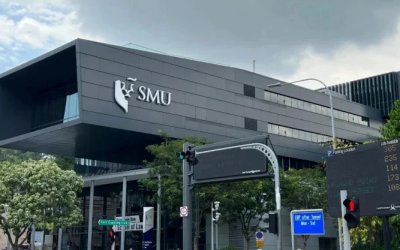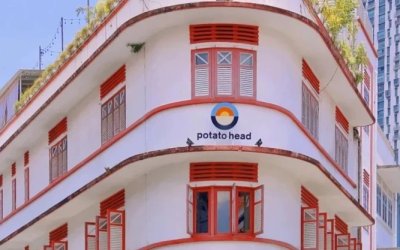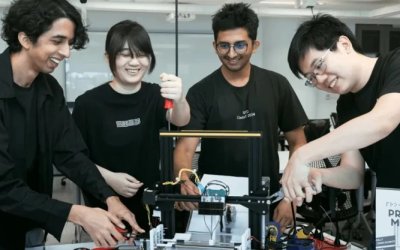2025年1月8日,新加坡教育部高级政务次长黄伟中代表人力部长在国会口头答复盛港集选区议员何廷儒、盛港集选区议员林志蔚副教授关于2024年中一分配结果的相关数据。
以下内容为新加坡眼根据国会英文资料翻译整理:
何廷儒(盛港集选区议员):关于2024年中一分配结果,教育部长是否可以提供以下数据:
(a) 有多少小六学生未能被分配到其六个志愿学校之一,并按以下类别细分:
(i) 数量
(ii) 百分比
(iii) 分配组别;
(b) 此分配结果与过去三年相比有何差异?
(c) 在出生率较高、竞争更激烈的年份,是否向家长提供指导或帮助,以便他们更好地为中学派位做准备?
黄伟中(教育部高级政务次长,代表教育部)的答复:
教育部为每一届小六离校考试(PSLE)学生规划充足的中一学额。这意味着,每位参加PSLE且符合资格进入中学的学生都能保证获得一个中学学位。
2024年的PSLE考生人数高于往年,这已在我们的规划中考虑。
在2024年的中一分配结果中,超过90%的学生被分配到他们六个志愿学校之一。这一比例在所有分配组别中一致。其余学生则被分配到离家最近、符合其分配组别且有学额的学校。整体分配结果与过去三年相当。
学校录取分数线(COP)会因每届学生的PSLE成绩及学校志愿情况而波动。当更多同分学生选择同一学校时,该校的COP可能比往年更严格。2024年较大规模的考生人数也可能加剧了一些热门学校COP的变化。
因此,除了鼓励学生和家长仅将前一年的COP作为参考外,我们在2024年也特别建议他们至少选择两到三所学校,其PSLE成绩优于这些学校的去年COP。这将提高他们进入首选学校的几率。我们还建议学生和家长不要仅以COP为依据,而是综合考虑学校的文化、特色项目以及学生的兴趣和特长。
何廷儒(盛港集选区议员)的补充提问:
感谢高级政务次长的答复。我有三个补充问题:
1.关于对家长的指导:由于今年的考生人数较多,一些学校的COP出现波动。家长反馈选择学校时遇到了困难。教育部是否会针对这一情况为家长提供额外的指导?另外,今年有多少学校的COP比2023年下降?
2.关于上诉:每年分配结果公布后,都会有家长希望上诉,请问今年有多少起上诉?其中有多少成功?此外,是否能为未能进入六个志愿学校的学生家长提供更多关于上诉流程的指导?
3. 关于校友优惠(Affiliation Benefits):家长中有一种看法认为,现行制度下校友优惠的影响可能与之前的系统有所不同。教育部是否在监控这一变化?校友优惠是否对现行制度产生了更大的影响?是否需要对现有系统进行调整以评估校友优惠的作用?
黄伟中(教育部高级政务次长,代表教育部):感谢何议员的补充提问。
关于第一个问题——家长指导方面,我们非常重视家长的知情度和教育工作。学校在PSLE成绩公布前已经开展了许多相关工作,与学生和家长进行接触和沟通。在成绩公布当天,我们也确保向家长传递建议,鼓励他们选择更广泛的学校范围。具体来说,前三个志愿可以是学生理想的学校,但后面三个志愿至少应选择两至三所录取分数更低的学校,以确保志愿的分布更具多样性。
第二点关于COP,COP是基于前一年历史数据得出的参考值。虽然这一数据具有一定的参考价值,但分数波动是正常现象。大多数学校的分数线通常会在上下1分范围内波动。这种变化在4分至20多分的分数范围内是较为常见的。
关于第三个问题——上诉,我们没有直接统计上诉的具体数量,但可以确认,近年来的上诉比例一直维持在较低水平。家长和学生通常被鼓励直接联系目标学校,并了解学校的上诉流程。此外,MOE网站也提供了相关上诉的在线资源。如果这些方式都无法满足需求,家长还可以联系教育部,我们会帮助他们了解更靠近家庭住址的学校的空余学额情况。
至于关于校友优惠的问题,这与分配结果本身的直接关系不大。我建议议员在下一次国会会议中针对校友优惠提出更具体的问题。
林志蔚副教授(盛港集选区议员)的补充提问:
感谢高级政务次长的答复。我有两个后续问题:
1.关于分配时的平分决胜规则:根据我的理解,分配时的决胜机制结合了COP和学生所选学校的优先顺序。但部长提到,在分配结果中还使用了距离作为决策依据。请问距离是否也会在平分决胜中起作用?
2.关于距离的衡量:教育部是否考虑过用通勤时间而非直线距离来衡量距离?许多居民反映,虽然某些学校在地理距离上较近,但通勤时间却可能接近一小时。相比之下,他们更倾向选择通勤时间更短的学校,即使地理距离更远。
黄伟中(教育部高级政务次长,代表教育部):感谢林志蔚副教授的提问。关于平分决胜机制,您已经提交了第47号国会提问,我们将在稍后做出详细回答。
至于距离的衡量,MOE的原则是尽可能将学生分配到离家最近且有学额的学校。这一原则目前以地理距离为衡量标准。

以下是英文质询内容:
Ms He Ting Ru asked the Minister for Education in respect of the 2024 Secondary 1 posting exercise (a) how many Primary 6 students are not posted to any of their six school choices, with a breakdown into (i) numbers (ii) percentages and (iii) posting group; (b) how does this posting outcome compare to the numbers in the previous three years; and (c) whether any guidance or preparation is given to parents for years where there are more competition for places in secondary schools such as years with higher birth rates.
The Senior Parliamentary Secretary to the Minister for Education (Mr Shawn Huang Wei Zhong) (for the Minister for Education): The Ministry of Education (MOE) plans for sufficient Secondary 1 places to cater to all Primary School Leaving Examination (PSLE) students in that cohort. This means that every student who takes the PSLE and qualifies for secondary school will be guaranteed a place at one of our secondary schools.
The 2024 PSLE cohort was larger than cohorts in the previous years and this was taken into account in our planning.
Under the 2024 Secondary 1 Posting Exercise, more than 90% of the cohort were placed in schools among their six choices. This was consistent across all posting groups. For the remaining students, they were posted to the school nearest to their residences that had vacancies in their eligible posting groups. Overall, the posting outcome was comparable to the previous three years.
Schools’ cut-off points, or COPs, can fluctuate from year to year, depending on the cohort’s PSLE score and their school choices. When more students with the same PSLE score pick the same schools, the COPs of these schools could become more stringent than what they were in previous years. The larger cohort taking the PSLE in 2024 could also have contributed to this effect for some of the popular schools.
Therefore, besides encouraging students and their parents to only use the previous year’s COPs as a reference, we have strongly encouraged them in 2024 to select at least two or three schools where their PSLE score better than the school’s previous year’s COP. This would increase their chances of securing a place in one of the preferred school choices. We also encourage students and parents to look beyond COPs and to consider the school’s culture and distinctive programmes alongside the students’ strengths and interests.
Mr Speaker: Ms He.
Ms He Ting Ru (Sengkang): Thank you, Mr Speaker. I thank the Senior Parliamentary Secretary for the reply. I have three supplementary questions on this. The first relates to guidance given to parents over choices as the Senior Parliamentary Secretary mentioned earlier, because of the larger cohort this year, there were some fluctuations that were experienced in the COPs. Parents have given us feedback that there were some difficulties in choosing the schools that their children might have been eligible for.
My question would be, would there be any extra guidance given to parents, given that this is obviously quite a stressful period for them trying to figure out which schools, which choices to make for their children, especially given that this is still a relatively new system that everyone is not quite so familiar with. So, firstly, whether any further guidance is going to be given to parents in terms of choosing. On the point about COPs, can the Senior Parliamentary Secretary confirm how many schools actually had reduced COPs compared with the 2023 cohort?

